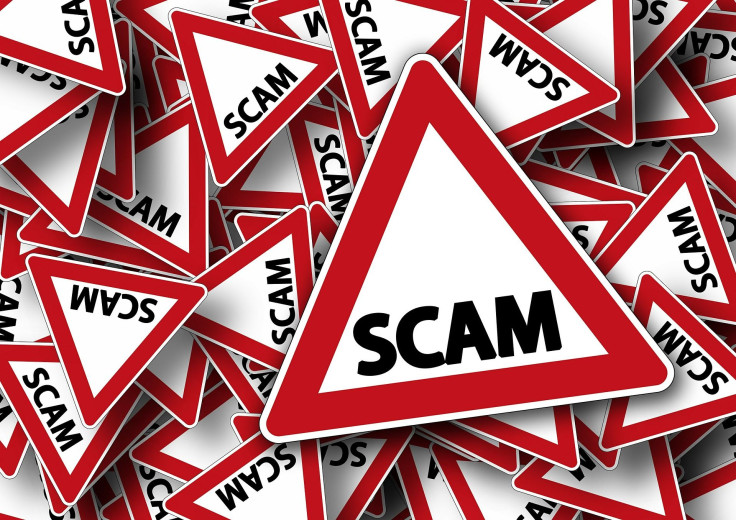Top Phone Scams Of 2017: Fake Neighbors, Utilities, Equifax Data, Flood Insurance

Scammers who use the telephone seem to have had a pretty busy 2017, if figures released by phone spam protection service Hiya are anything to go by. According to the company’s 2017 Robocall Radar Report, released Tuesday, the number of total unwanted calls to United States customers grew by 76 percent, to about 18 billion from 10 billion in 2016, and a large number of those were scams.
The top phone scam of the year seems to have been what the company called the “neighbor scam,” in which the scammer calls you using internet telephony to reflect a number which has the same first six digits as your number, tricking you into thinking the call is from somewhere nearby, maybe a friend or a local business.
Jonathan Nelson, senior product manager for reputation data at Hiya, explained in a statement shared with International Business Times: “Scammers are constantly creating new ways to trick consumers into picking up the phone, and this time that involves spoofing local numbers. While many consumers now know to be wary of unknown callers, the latest threat comes disguised as a number similar to their own, dramatically increasing the likelihood that someone would answer the call.”
The neighbor scam grew by a whopping 750 percent, compared to 2016, according to the report, which estimated almost 670 million such calls were made during 2017. Just over 36 percent of all unwanted calls were classified as scams, of which the neighbor scam had the biggest share.
Another scam that showed a three-figure growth during the year was the “utility scam,” in which the scammer would either offer to lower your electricity bill, or to cut off some utility supply, and ask for your personal and financial information. This grew by 109 percent during 2017.
Some other popular scams of the year took advantage of news events. There was the data breach at Equifax, for instance, following which scammers called people to “verify” their Equifax account information. There were also scammers who tried to make money off those affected by hurricanes Irma and Harvey in Florida and Texas, respectively, by asking them to pay for “overdue flood insurance premiums.”
One phone scam that was on a downward trend in 2017 was the offer of free cruises. This was likely the result of a class action lawsuit, which was settled in August and awarded $900 to every person who received an automated call from the Resort Marketing Group between July 2009 and March 2014 with offers of free cruises.
The worst area code offender for scam calls was 202, from Washington, D.C., where the Internal Revenue Service is based. IRS frauds are popular with scammers, and they use this area code round the year to try trick people into giving them money.
The report identified all unwanted calls as robocalls, and so it was no surprise that a majority of the 18 billion unwanted calls were not scams, but simply spam. Over 60 percent of all unwanted calls were categorized as “general spam” or from telemarketers.
© Copyright IBTimes 2024. All rights reserved.





















